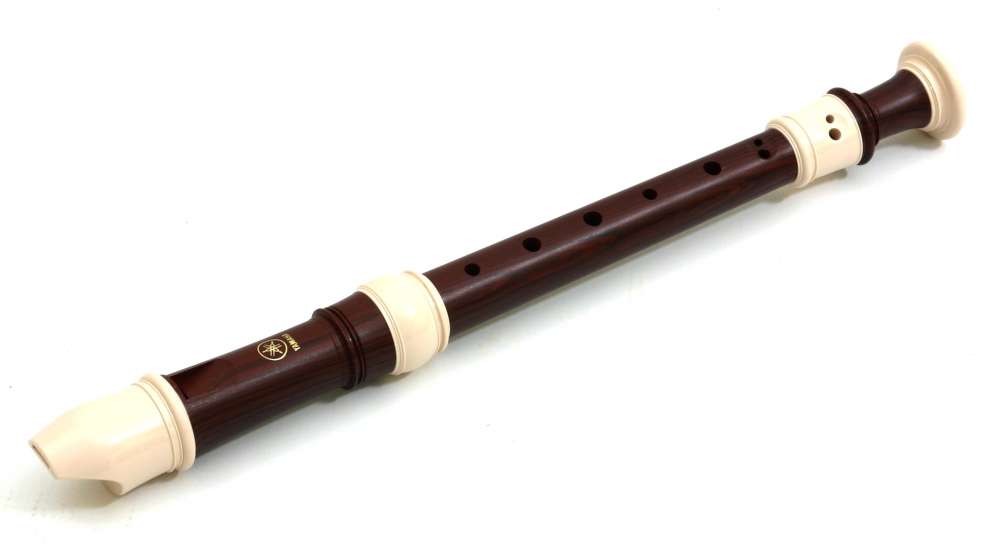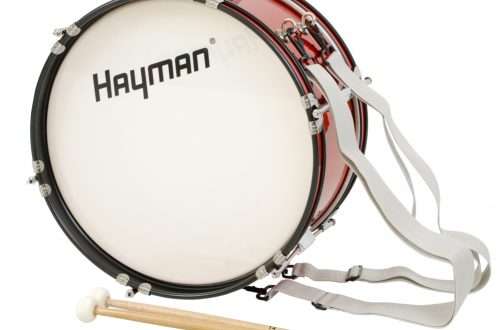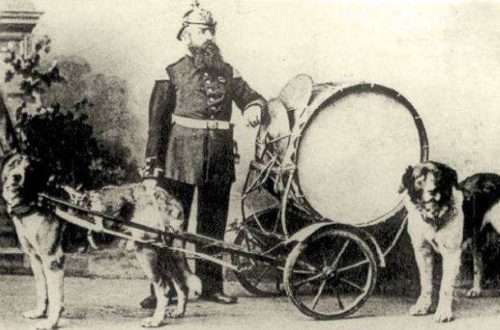
Recorder from scratch – Playing the instrument
 As it was said in the previous part of our guide, we have wood or plastic flutes available on the market. Remember that wood is a natural material, therefore a new, wooden flute should be played calmly first. Give it some time to let its structure get used to the humidity and heat it releases while playing. Plastic head instruments are ready for immediate play and do not need to be played. Of course, instruments made entirely of plastic are completely problem-free in this respect, as they do not need time to adapt and are immediately ready to play.
As it was said in the previous part of our guide, we have wood or plastic flutes available on the market. Remember that wood is a natural material, therefore a new, wooden flute should be played calmly first. Give it some time to let its structure get used to the humidity and heat it releases while playing. Plastic head instruments are ready for immediate play and do not need to be played. Of course, instruments made entirely of plastic are completely problem-free in this respect, as they do not need time to adapt and are immediately ready to play.
What techniques can be used when playing the flute
The recorder can be played using various articulation techniques known today, such as legato, staccato, tremolo, frullato or ornaments. We also have the ability to cover large distances between individual notes, and all this makes the recorder, despite its very simple structure, an instrument with great musical potential. Below I will present you such basic characteristics of individual techniques. Legato – it is a smooth transition between individual sounds. The legato designation in the notes is the bow above or below the group of notes that the legato technique is to refer to. Staccato – is the complete opposite to the legato technique. Here the individual notes must be played briefly, clearly separated from each other. Tremolo – on the other hand, is a technique that consists in quickly repeating one or two sounds one after another, which are designed to create the effect of a certain musical vibration. frullato – is an effect similar to a tremolo, but performed with an uninterrupted sound and without altering its pitch. ornaments – these are most often various types of grace notes intended to color a given piece.
Construction of the recorder
We have several different types of the recorder, but regardless of the type of recorder, we have four basic elements: the mouthpiece, head, body and foot. The head is an integral part of the mouthpiece, which consists of the following parts: inlet channel, plug, window and lip. The mouthpiece is of course the element that creates the sound. There are finger holes in the body, which, by opening or closing, change the pitch of the sound played. The footer is found in three-piece models, while the vast majority of flutes, the so-called school covers are made of two parts and consist of a head and a body.
Possibilities and limitations of the recorder
The basic limitation, as with all instruments from this group, is that the recorder is a monophonic instrument. This means that due to its structure, we can only produce one sound at a time. It also has limitations as to the scale, therefore, in order for this instrument to find its widest possible application on the market, we have several types of flutes available in a specific tuning.
One of the most popular musical costumes is the C tuning, but for a greater use of this instrument there are instruments in the F tuning. Apart from the tuning, of course, we have certain types that we have already mentioned in the first part of our series.

How to raise or lower the sound
The recorder can play any note within the scale of a given model. Simply speaking, all the chromatic signs written in the notes, i.e. the crosses cis, dis, fis, gis, ais and the flat des, es, ges, as, b should not be a problem for us after properly mastering the holds.
In a standard recorder, there are seven holes on the front of the body. Two openings in the lower part of the instrument have double openings and it is thanks to the appropriate exposure of one of them while covering the other, we obtain a raised or lowered sound.
Caring for the recorder
Every musical instrument should be looked after, but in the case of wind instruments, special hygiene should be observed. To maintain our health, we should thoroughly clean our instrument after each play. There are special cleaning wipers inside the body and preparations for the care of the instrument available on the market. Before cleaning, please take the instrument apart. In the case of amateur, plastic instruments, we can treat our instrument with a comprehensive bath without any worries. With professional wooden instruments, such a drastic bath is not recommended.
Summation
An adventure with the recorder can turn into a real musical passion. In this seemingly simple instrument, we can discover a great variety of sounds. Therefore, starting with our first school instrument, we can become true enthusiasts with a rich collection of recorders, each of which will have a different sound.





